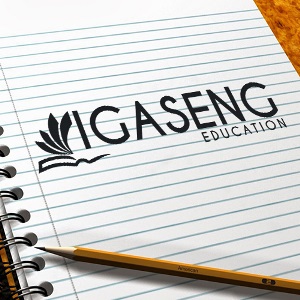
Nurturing Creativity: The Role of Artistic Expression in Education
In the realm of education, a growing emphasis is placed on fostering creativity and holistic development. Artistic expression in education is a powerful tool that goes beyond the conventional boundaries of traditional learning, opening doors to a myriad of benefits for students.
Unlocking Imagination through Art Education
Art education serves as a gateway to unlocking the boundless realms of imagination in students. When children are encouraged to express themselves creatively, they learn to think outside the box, explore unconventional ideas, and develop a deep sense of curiosity about the world around them.
Enhancing Cognitive Skills and Academic Performance
Research has shown that engagement with artistic activities positively influences cognitive skills and academic performance. Drawing, painting, and other forms of artistic expression stimulate various areas of the brain, fostering improved memory, problem-solving abilities, and critical thinking skills.
Building Confidence and Self-Esteem
Artistic expression provides a platform for students to showcase their unique talents and perspectives. When children see their creations valued and appreciated, it boosts their confidence and self-esteem. This newfound confidence often transcends into other aspects of their academic and personal lives.
Cultivating Emotional Intelligence through Art
Artistic endeavors offer a non-verbal medium for students to express and understand their emotions. Whether through visual arts, music, or drama, students learn to identify and communicate complex feelings, fostering emotional intelligence and empathy.
Promoting Inclusivity and Diversity in Education
Artistic expression serves as a universal language that transcends cultural and linguistic barriers. Integrating diverse forms of art into education promotes inclusivity, allowing students from various backgrounds to connect, share, and appreciate the richness of their cultural heritage.
Art as a Therapeutic Outlet
Incorporating artistic expression into education provides a therapeutic outlet for students. Creative activities have been shown to reduce stress, anxiety, and promote overall well-being. Art becomes a medium through which students can express and process their emotions in a supportive environment.
Fostering Collaboration and Communication Skills
Many artistic projects in education involve collaboration, requiring students to work together towards a common goal. Whether it’s a group painting, a theatrical production, or a musical performance, students develop essential collaboration and communication skills that are invaluable in real-world scenarios.
Connecting Art to Real-World Applications
Artistic expression bridges the gap between theoretical knowledge and real-world applications. Students engaged in creative projects often find connections between art and various disciplines, enhancing their understanding of subjects and showcasing the practical applications of their academic learning.
Artistic Expression Education: Igniting Lifelong Passion
In the pursuit of holistic education, the integration of artistic expression is not merely an extracurricular activity but an essential component of a well-rounded curriculum. It nurtures a lifelong passion for creativity, encouraging students to continue exploring the arts as they grow into individuals with a deep appreciation for self-expression and cultural diversity.
To explore the transformative impact of Artistic Expression Education, visit www.igaseng.com. Embrace the power of creativity in education, unlocking a world of possibilities for students and educators alike.




